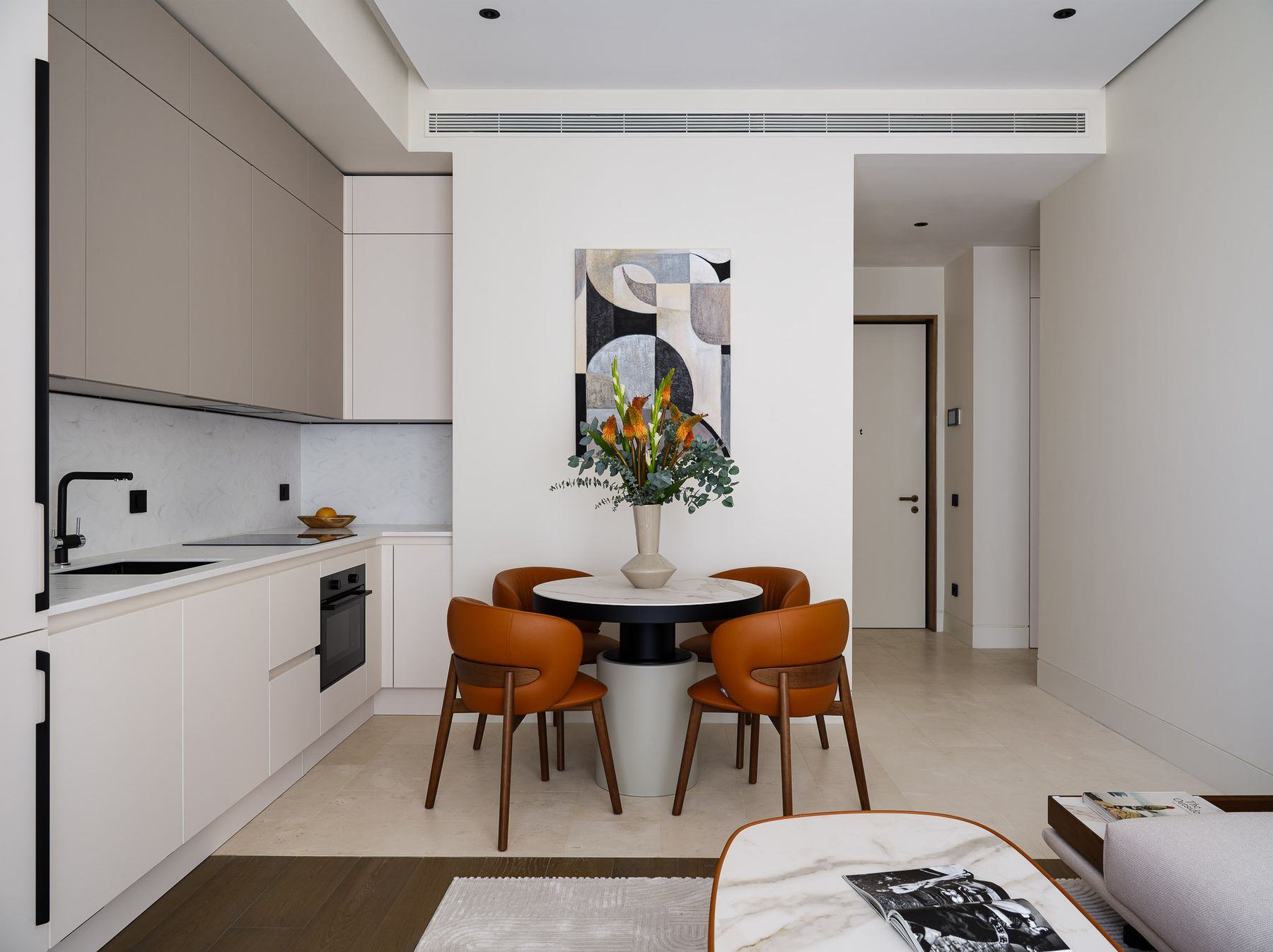
The Essence of Culinary Elegance in Simplicity
Culinary elegance is often associated with complex techniques and elaborate presentations, yet there is a growing appreciation for the grace found in simplicity. Embracing a simplified design philosophy in the kitchen does not mean compromising on sophistication or flavor; rather, it focuses on the purity of ingredients, clarity of flavors, and the thoughtful execution of each dish.
Key Principles of Simplified Culinary Design
To achieve a balanced and refined outcome with a minimalist approach, one must adhere to several key principles. These include selecting high-quality ingredients, mastering fundamental techniques, employing a restrained use of seasonings, and presenting dishes in an unpretentious yet aesthetically pleasing manner. These elements work in harmony to create an experience that is both delightful to the palate and pleasing to the eye.
Choosing the Right Ingredients
At the heart of simplified culinary elegance is the ingredient selection. The goal is to use fewer but better-quality ingredients that can speak for themselves without the need for excessive adornment. Seasonal produce, locally-sourced meats, and artisanal products often provide deeper, more natural flavors that are essential for dishes that embody simplicity and sophistication.
Mastering Basic Techniques
A chef’s technical skills are the foundation on which culinary elegance is built. Perfecting techniques such as proper knife skills, understanding heat control, and achieving the ideal texture allow a chef to maximize the potential of each ingredient. Precision and attention to detail ensure that even the simplest dishes reach their highest form of expression.
Season with Restraint
The art of seasoning is critical when it comes to simplified design in cooking. The aim is to enhance and elevate the natural flavors without overpowering them. This involves the careful selection and measured application of herbs, spices, acids, and salts. A light hand in seasoning can often reveal the intricate flavors and aromas that might otherwise be masked.
Presentation: Less is More
Visual appeal is a vital component of culinary elegance. A simplified approach to plating requires a deliberate composition that emphasizes negative space, color contrasts, and minimal garnishes. The idea is not to fill the plate, but to frame the food in such a way that its quality and preparation are highlighted. Each element on the plate should have a purpose and contribute to the overall experience of the dish.
Embracing Minimalism in Menus
Creating a menu around the philosophy of simplicity involves a careful curation of dishes. Each selection should offer a unique flavor profile and texture, avoiding redundancy and prioritizing variety. A minimalist menu respects the diner's time and palate, offering a coherent journey through the meal with clear and focused intentions.
Conclusion: True Beauty Found in Simplicity
Culinary elegance simplified is about stripping away the unnecessary and focusing on what truly matters in a dish. It champions the idea that through restraint and selectivity, a deeper appreciation for the ingredients and the craft of cooking is fostered. This design philosophy challenges chefs to be more thoughtful in their approach, resulting in a dining experience that is refined, intentional, and profoundly satisfying.